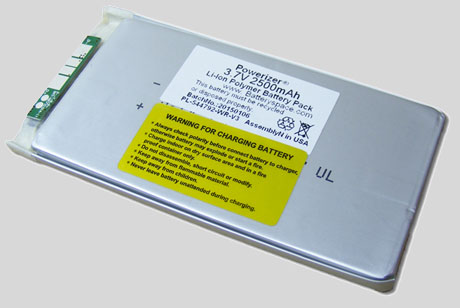There are many types of AA rechargeable batteries out there and the average consumer is really spoiled for choice when they visit one of the many battery sales companies that are widespread throughout the world.
While the technology behind rechargeable batteries has been described in simplicity by advertisers around the world – a process that people know as a plugin, use, and refill, not many people know the technology behind AA rechargeable batteries.
This article will give you a little insight into the technology behind this magical power cell that has been turning on equipment for a long time. First, you need to know that there are many types of batteries that can be refilled and they can be divided into the type of material from which they are made; which can be anything from zinc, alkali, lead-acid, lithium ions (new outdated batteries that last almost twice as normal), a combination of nickel and zinc bromide batteries.

Surprisingly, this represents only a small number of batteries made there; while you consumers will be most familiar with alkalis and lithium batteries, which have been the hallmark and superiority of many large companies over the past few years.
The nature of rechargeable batteries is that they consist of more than one cell, called a battery secondary cell, which can be recovered to almost full (there is a decay factor that must be taken into account when talking about this battery) with the use of electricity sent through the appropriate charging mechanism.
In the battery structure is an accumulator, which is a machine that drives properties that can be recharged. One thing to note about the benefits of this type of battery is, of course, the cost savings. You no longer have to keep buying batteries for a long time, when all you need is a pair that will last more than enough time to replace a new place to buy.
